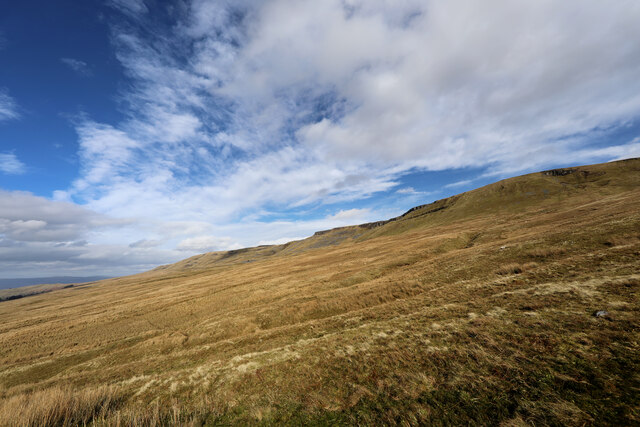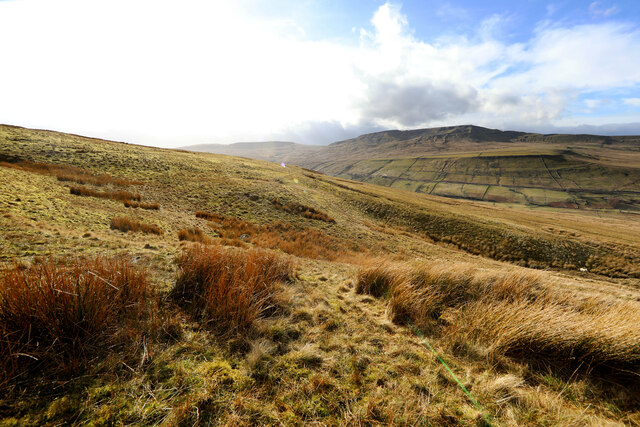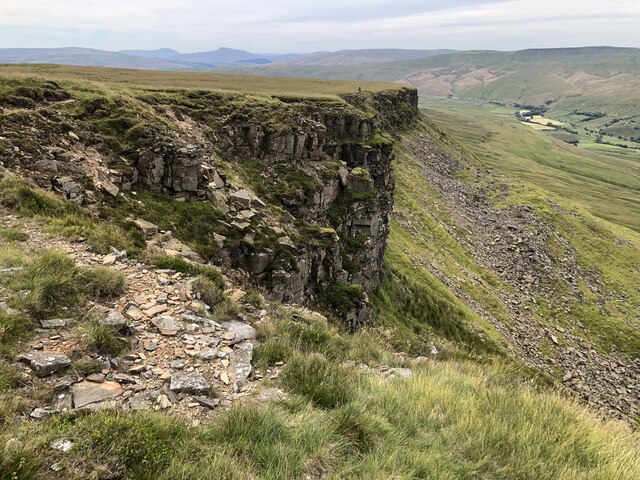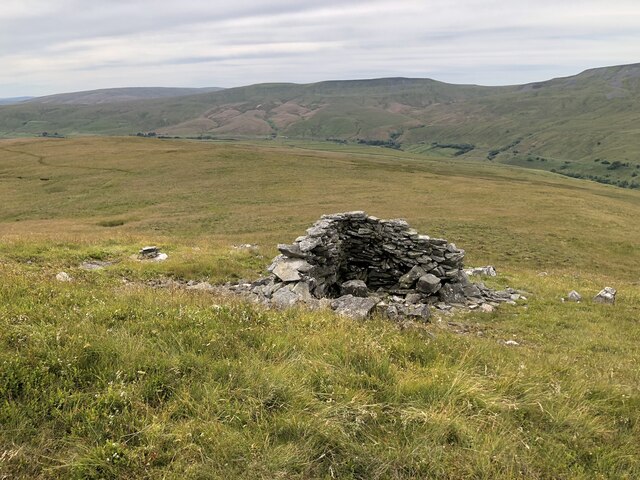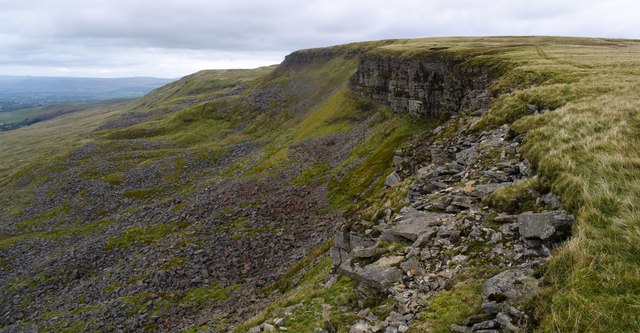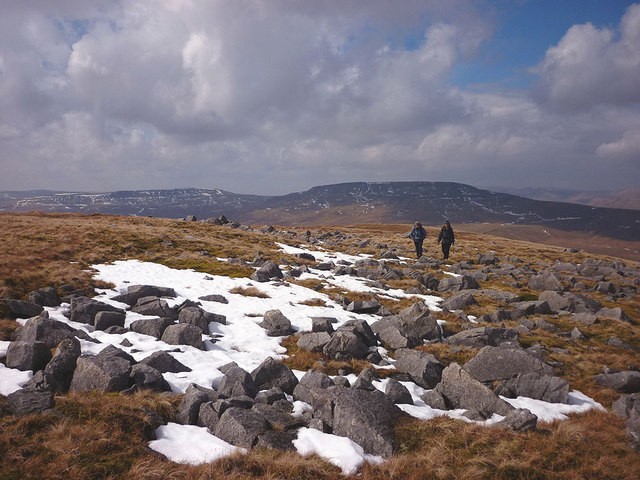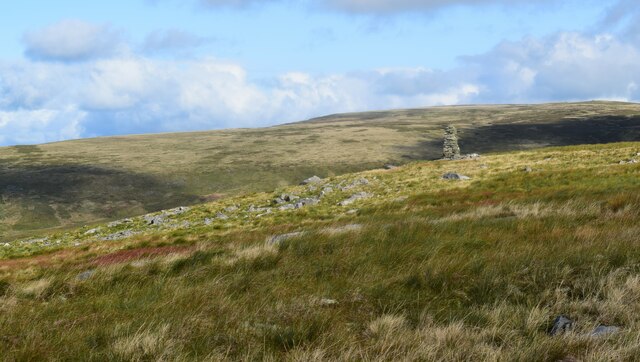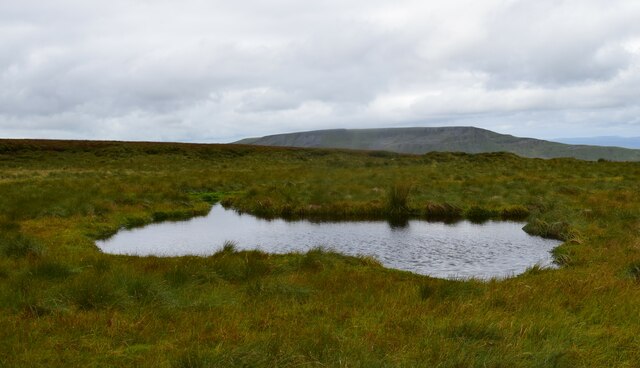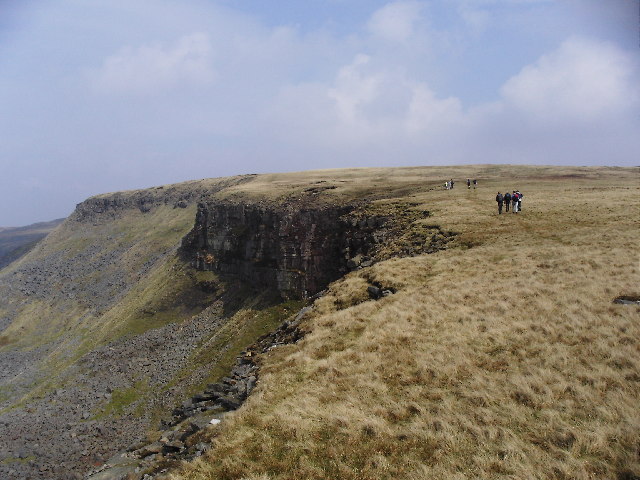Black Fell Moss
Downs, Moorland in Westmorland Eden
England
Black Fell Moss

Black Fell Moss is a vast expanse of moorland located in Westmorland, a historic county in the northwest of England. Situated amidst the scenic beauty of the Lake District National Park, it covers an area of approximately 1,000 acres. The moss is characterized by its flat and boggy terrain, with peat deposits and heather dominating the landscape.
The area is known for its unique flora and fauna, providing a haven for various species of birds, including curlews, lapwings, and golden plovers. The surrounding hills and fells offer breathtaking panoramic views, making it a popular destination for nature enthusiasts and walkers.
Black Fell Moss holds historical significance as well. In the past, it was an important source of peat for the local community, who used it as fuel for heating and cooking. The moss also played a vital role in the local economy as a grazing ground for livestock, particularly sheep.
Today, the moss is managed by conservation organizations to preserve its natural beauty and protect its delicate ecosystem. Efforts are made to control erosion and maintain the balance of plant and animal life in the area. The moss serves as an important carbon store, contributing to the fight against climate change.
Visitors to Black Fell Moss can explore the network of footpaths and trails that wind through the moorland, providing an opportunity to immerse oneself in the peaceful and untouched wilderness. With its tranquil atmosphere and stunning vistas, Black Fell Moss is a true gem for those seeking solace in nature.
If you have any feedback on the listing, please let us know in the comments section below.
Black Fell Moss Images
Images are sourced within 2km of 54.386703/-2.3054525 or Grid Reference SD8099. Thanks to Geograph Open Source API. All images are credited.
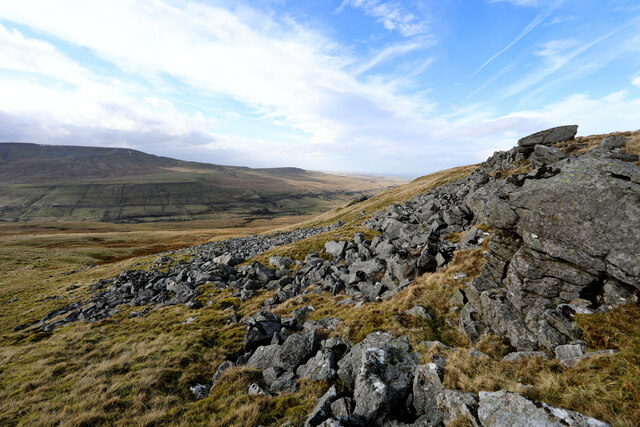
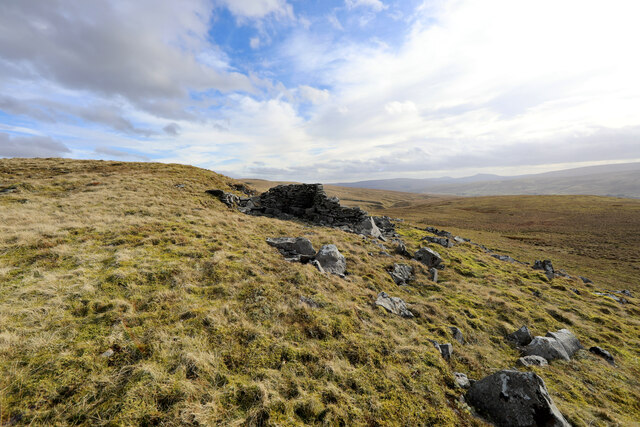
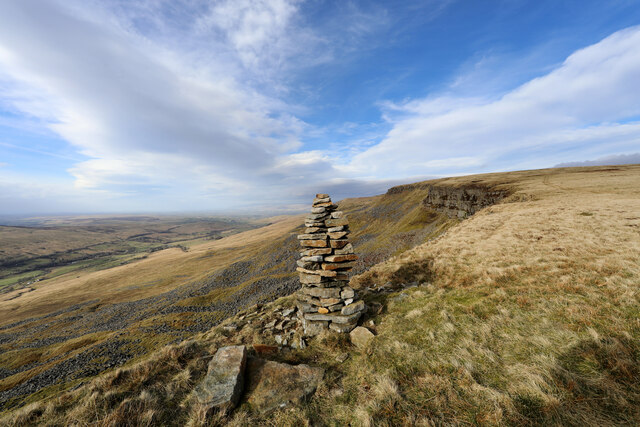
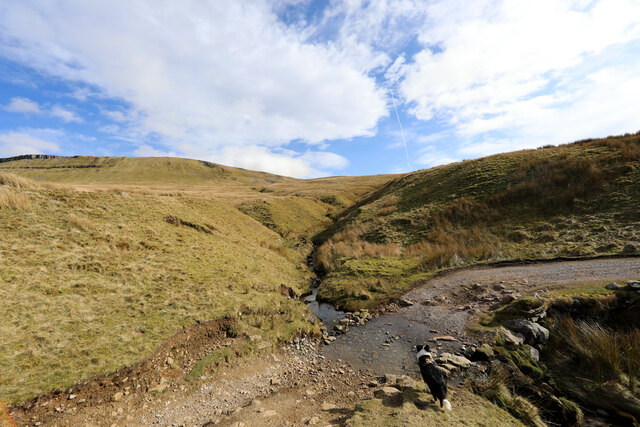
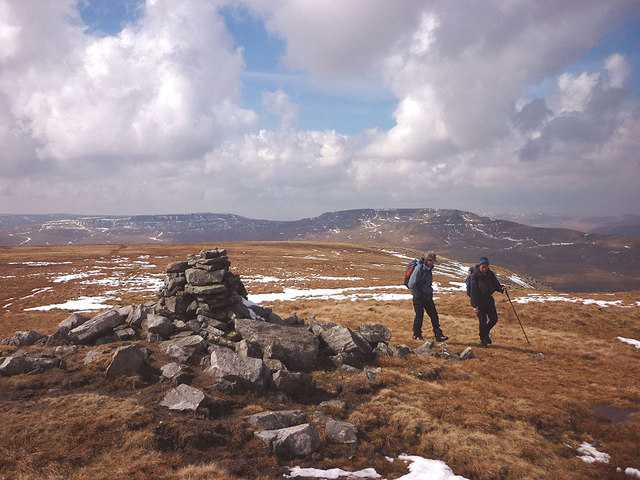
Black Fell Moss is located at Grid Ref: SD8099 (Lat: 54.386703, Lng: -2.3054525)
Administrative County: Cumbria
District: Eden
Police Authority: Cumbria
What 3 Words
///cement.botanists.talking. Near Kirkby Stephen, Cumbria
Nearby Locations
Related Wikis
Hugh Seat
Hugh Seat is a mountain, or more accurately a fell, in Mallerstang on the eastern edge of Cumbria, England. It lies on the border between Cumbria and North...
Vale of Eden
The Vale of Eden is formed by the course of the River Eden, one of the major rivers of Northwest England. It is however of much greater extent than the...
Gregory Chapel
Gregory Chapel is one of the high points of the fells on the border between Cumbria and North Yorkshire. The summit is marked by a nearby sheep shelter...
High Seat (Yorkshire Dales)
High Seat is a fell in the dale of Mallerstang, Cumbria. With a summit at 709 metres (2,326 ft), it is the fourth highest fell in the Yorkshire Dales...
Nearby Amenities
Located within 500m of 54.386703,-2.3054525Have you been to Black Fell Moss?
Leave your review of Black Fell Moss below (or comments, questions and feedback).
